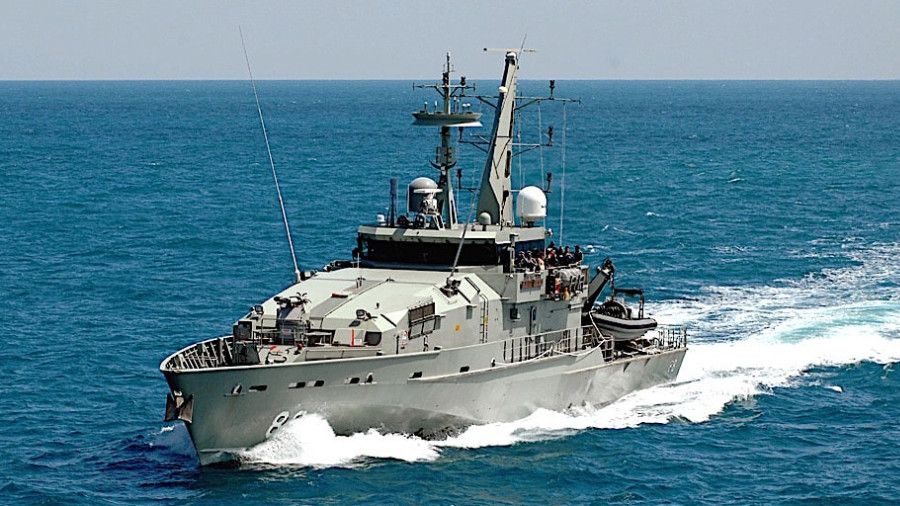
RAN Expands Autonomous Capabilities with PBAT Sentinel
The Royal Australian Navy (RAN) has received an autonomous surface vessel (ASV), PBAT Sentinel, as part of a project to enhance its autonomous systems. PBAT Sentinel, formerly the Armidale-class patrol boat ex-HMAS Maitland, was retired in 2022 and converted under the Patrol Boat Autonomy Trial (PBAT) program.
Austal Australia, responsible for both the vessel’s original construction and its conversion, collaborated on PBAT. The program aims to integrate robotic, automated, and autonomous systems into a patrol boat, serving as a proof-of-concept for optionally crewed or fully autonomous operations. The trial will also address legal and regulatory requirements for operating autonomous vessels at sea.
PBAT seeks to:
- Advance remote operations and autonomous certification.
- Improve fuel management, communication, and navigation systems.
- Ensure reliable operation of shipboard mechanical systems without crew.
- Provide risk reduction insights for future naval projects.
- Apply lessons to optimize crew workload in the current fleet.
Sentinel’s conversion at Austal’s Henderson shipyard included installing monitoring and control systems for autonomous operations, along with modifications to the bilges, CCTV, and electrical systems. Greenroom Robotics added sensors and computer units for the autonomous control system.
Registered under the Australian Maritime Safety Authority (AMSA), Sentinel completed sea acceptance trials (SATs) off Western Australia in March and April. It successfully performed remote and autonomous navigation, collision avoidance, and other operational tests. Following the SATs, the vessel underwent endurance trials to test its capabilities over several days.
PBAT involves the Trusted Autonomous Systems Defence Cooperative Research Centre, Greenroom Robotics, and the RAN’s Warfare Innovation Navy (WIN) Branch, with co-funding from the Australian Government.



